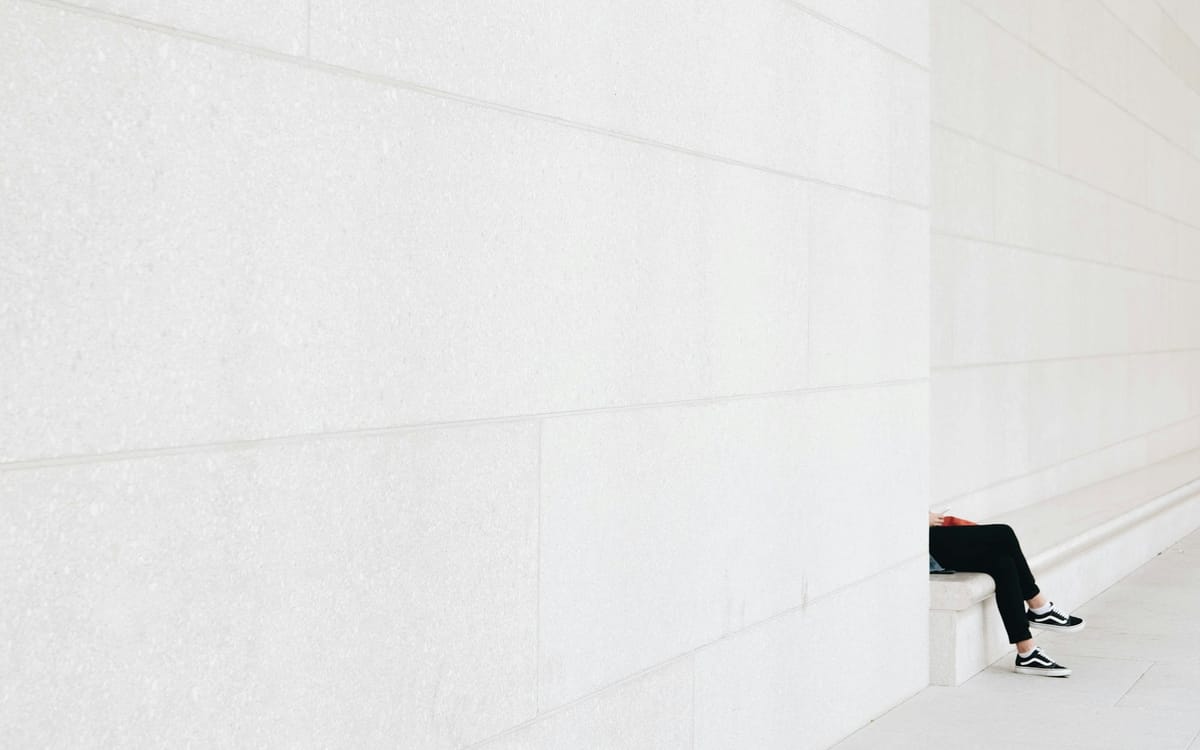Minimalism and Travel: Beyond Just Packing Light
Mindset shift: minimalism and travel. Start changing your organizing and packing habits for a new adventure. Welcome, smart minimalist traveler.

There is a lot behind minimalism and travel, not only tiny suitcases and capsule wardrobes. Packing light is certainly part of the equation, but true minimalist travel goes far deeper than simply reducing the contents of your luggage.
It's about embracing a philosophy that transforms how you experience the world, connect with places and people, and find meaning in your journeys.
Some travel experts note that minimalist travelers spend 65% less time managing their belongings and 50% more time engaging with their destinations. Reason enough to change the way you travel.

The essence behind the theory
Minimalism and travel are about what you choose to prioritize. The key principle is simple:
Pack what you actually know how to use.
Professional travel writers and minimalist advocates emphasize that minimalist travel creates space for spontaneity, deeper cultural immersion, and genuine connections. When excessive belongings or rigid itineraries do not weigh you down, you become more open to unexpected opportunities and local recommendations.
Practical Minimalism: Real Actions for Long-Term Travel
Multi-functional item selection
Choose pieces that serve multiple purposes. Adjust minimalist packing for fashion, selecting items where every piece can be combined to make several different outfits.
Pack a sarong that doubles as a towel, blanket, and cover-up, as well as shoes that work for both hiking and dining out.
Color and laundry coordination system
Pack clothes that adhere to a color palette of no more than three colors. Choose a basic color palette that can be combined.
Plan to wash clothes weekly rather than packing for every day. This single decision can reduce your luggage by 60-70%.

Over-Packing: warning signs!
In the process of changing your minimalism and travel habits, there are some common mistakes:
- Packing "just in case" items for scenarios that rarely occur.
- Bringing multiple versions of the same type of item.
- Including specialty items you wouldn't use at home.
- Packing for extreme weather conditions unless specifically traveling to those climates.
From consumption to connection
Minimalist travelers focus on collecting experiences, conversations, and memories, not souvenirs. This approach often leads to:
- Deeper engagement with local cultures.
- More meaningful interactions with other travelers and locals.
- Reduced travel stress and increased flexibility.
- Greater appreciation for simple pleasures and basic comforts.
Minimalism and travel encourage slow travel. Spending more time in fewer places rather than rushing through bucket lists. This allows for genuine cultural immersion and often results in more authentic and transformative experiences.
When you travel with less, you depend more on human connections and local resources. This vulnerability often leads to richer interactions.

FAQS
What is the 123456 rule for packing light?
The 123456 rule is a systematic approach to minimalist packing that involves packing: 1 hat, 2 pairs of shoes, 3 bottoms, 4 tops, 5 pairs of socks, and 6 pairs of underwear. This combination provides enough clothing for approximately two weeks of travel while maintaining variety and functionality. The rule helps travelers avoid overpacking and ensures they have sufficient clothing options.
What is the rule of 3 travel packing?
The Rule of 3, developed by travel expert Gretchelle Quiambao, suggests packing three of each essential clothing category: three shirts, three bottoms, three dresses, three jackets, and three pairs of shoes. The key principle is ensuring all pieces coordinate with each other to create multiple outfit combinations. This rule is particularly effective for 1-3 week trips and works best when items are chosen in a cohesive color scheme.
How to be a minimalist traveler?
Being a minimalist traveler involves both practical packing strategies and a mindset shift. Start by choosing multi-functional items, planning to do laundry regularly, and packing only what you know how to use. More importantly, focus on experiences over possessions, and practice slow travel by spending more time in fewer places.
How can I be a smart traveler?
Smart travel combines minimalist principles with strategic planning. Pack items that serve multiple purposes, stay flexible with your itinerary, engage with locals for authentic recommendations, and prioritize meaningful experiences over photo opportunities.






